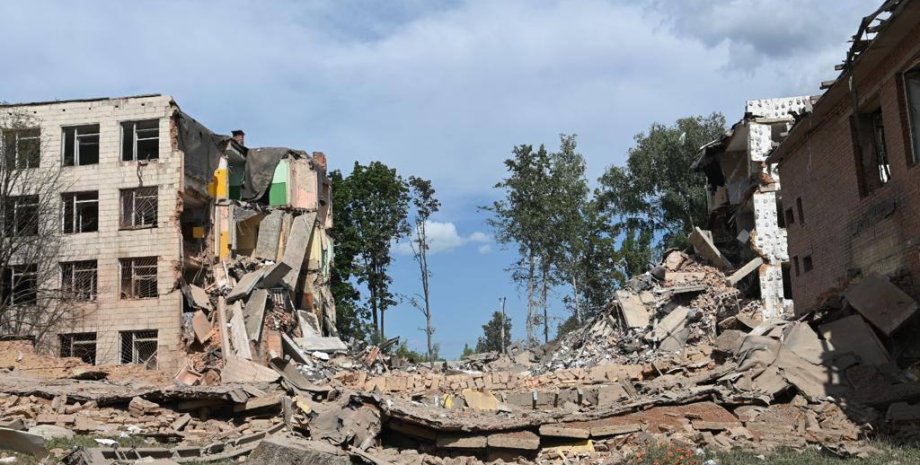
 By Natali Moss
By Natali Moss
The video of the day in the report refutes the statement of the terrorist country that she has "raised" her military potential and is able to compete with the Western Army. Analysts also found that Western innovations are often used in Russian weapons, despite the sanctions imposed after Russia's occupation in 2014.
"We have found that Russia reuse the same electronic components in different types of weapons, among which the latest winged missiles and shock helicopters, which we did not expect to see . . . Russian controlled weapons stuffed with foreign technologies and components, and most of the computer we researched Chips were made by Western countries after 2014, ”said the Analyst of the Demiien Splitters group, who participated in the preparation of the report.
Conflict Armament Research has studied the fragments of three types of Russian winged missiles, including X-101, as well as Tornado-C, which are considered the latest developments in the aggressor country. All of them contained the same components with the marking SN -99, which were satellite navigation receivers - the most important components of winged missiles.
According to Splitters, given this, restrictions on the supply of SN-99 components will prevent the Kremlin from replenishing its stocks of managed weapons. Analysts have found that Russian engineers mainly use certain semiconductors of specific Western manufacturers for both ammunition and reconnaissance drones, communications, onboard equipment of helicopters, etc. regardless of production date.
The group also noted that, judging by the weapons under study, Russia does not worry that its technologies can be reproduced. At the same time, there are standards for military contractors in the United States that should prevent the enemy from copying technologies from captured weapons. "This is the level of technology of the late 1990s or mid-2000s . . .
In essence, it is the equivalent of the Xbox 360 game console, and it seems that it is available for anyone who wants to disassemble it and collect their own copy," said NASA Arsenio Meniendz, who For entertainment, he is engaged in the reverse of managed weapons. NYT also writes that the Russian navigation system is reminiscent of the GPS open source code, which is not covered by state restrictions on the sale and export of defense products and which the "team-engineers team" could make.










All rights reserved IN-Ukraine.info - 2022